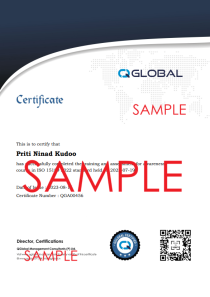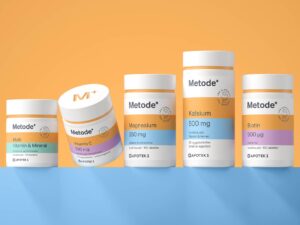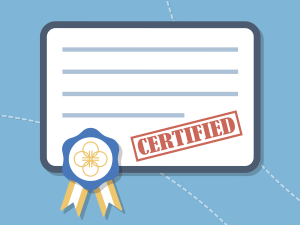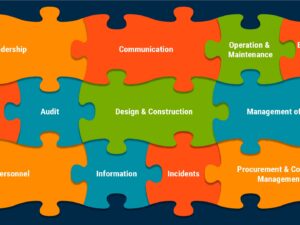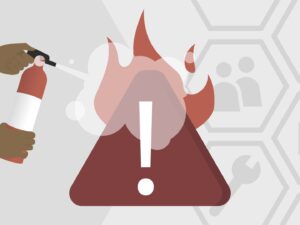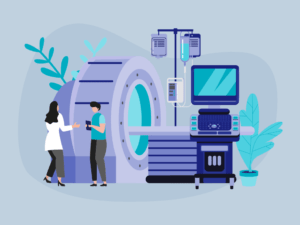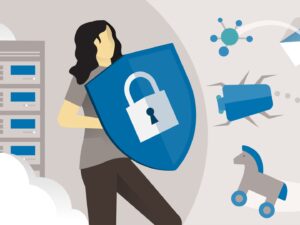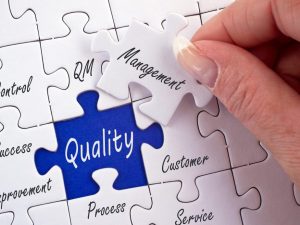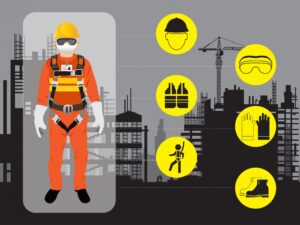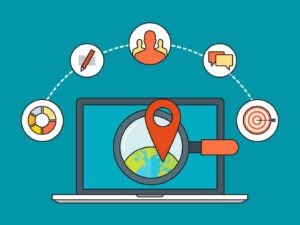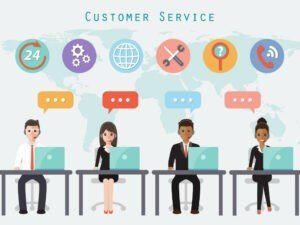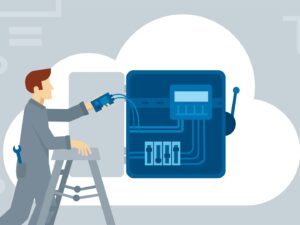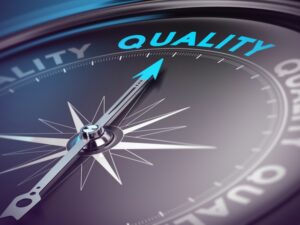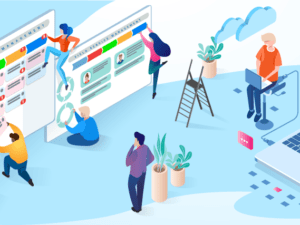ISO 9001 2015 & ISO 14001 2015 Integrated Management System (IMS) – Lead Auditor Course
- Description
- Curriculum

The ISO 9001 standards provide guidance and tools for companies and organizations who want to ensure that their products and services consistently meet customer’s requirements, and that quality is consistently improved. ISO 9001 standards sets out the criteria for a quality management system and is the only standard in the family that can be certified to (although this is not a requirement). It can be used by any organization, large or small, regardless of its field of activity. ISO 14001 2015 environmental management systems (EMS) specify the requirements for an environmental management system that an organization can use to enhance its environmental performance. ISO 14001 is intended for use by an organization seeking to manage its environmental responsibilities in a systematic manner that contributes to the environmental pillar of sustainability. ISO 14001 helps an organization achieve the intended outcomes of its environmental management system, which provide value for the environment, the organization itself and interested parties. This lead auditor training course on an integrated management system based in ISO 9001 2015 and ISO 14001 2015 standards will help you learn how to initiate an audit, prepare and conduct audit activities, compile and distribute audit reports and complete follow-up activities. On successful completion of this course, you will be able to optimize your auditing skills with the internationally recognized ISO 9001 2015 and ISO 14001 2015 standards and boost your audit capabilities. Also gain confidence in planning and performing an effective audit, as well as reporting and taking corrective action where necessary. This lead auditor course develops the necessary skills to assess and report on the conformance and implementation of processes based on the requirements of ISO 9001 2015 and ISO 14001 2015 standards.
Who Should Attend?
- Anyone involved in the planning, implementing, maintaining, supervising or auditing of a management system based on ISO 9001 2015 and ISO 14001 2015 standards
- Existing internal auditors
- Employees of any organisation who wish to audit their organisation’s quality and environmental management system
- Trainers, managers or consultants seeking to master quality and environmental management system audit process
- Personnel who wish to pursue career as a lead auditor
- Expert advisors in quality and environmental management system
Key Benefits
- Develop the career as an integrated management system lead auditor
- Gain the skills to plan, conduct, report and follow up first, second and third party audits in accordance with ISO 19011
- Learn skills to lead an audit team
- Identify the aims and benefits of an integrated management system audit
- Interpret the requirements of ISO 9001 2015 and ISO 14001 2015 standards for audit application
- Grasp the application of risk-based thinking, leadership and process management
- Acknowledge the correlation between ISO 9001 2015 and ISO 14001 2015 standards, other standards and regulatory frameworks
- Learn the latest techniques in internal auditing
- Consolidate your expertise with the latest developments and contribute to the continuous improvement of the business
Learning & Evaluation Method
This is a live and interactive course. Once you purchase the course, our team will contact you to plan the training. No matter where you are located, we schedule the classes based on your convenience and time zone. You can plan to attend the training in sessions of 4 or 8 hr duration, based on how much time you can spend in a day.
Certification
There are increasing numbers of organizations, who prefer candidates those who have certain certifications from recognized programs. Certification demonstrates your commitment to superior professionalism, upholding industry standards, and continued learning. These merits can help boost your professional credibility and prestige within your own network, in your organisation, with your current clients, and when pursuing new business opportunities. After the successful completion of the course and final exam, you will be awarded with a certificate of completion issued by QGlobal. Your credentials will be made available in the global online directory and can be verified by anyone searching with the certificate number. Without doubt we can say that our training courses are well recognized and sought after by organizations across various geographies.
Buy for group Are you planning to buy this course for a group? We have the best prices for you! Select ‘Buy for Group’ option and add to the cart. You will get a discount of 60 – 75% for a group of up to 10 participants. To make a group purchase, create your group name and add individual emails of up to 10 participants. Each participant will get the access to the course materials, exam and the certificate. We will arrange one live-online session for the entire group.
Total: 206 Courses View all
Total: 206 Courses View all
-
1Introduction to standards and certification
- Purpose of standardization
- Benefits of certification
-
2EMS - Lifecycle perspective
-
3Introduction to ISO 9001 2015 standards
Application areas
Terms and definitions
Quality management principles
Process based approach
Plan-Do-Check-Act cycle
Risk based thinking
Benefits of certification
Certification process flow
-
4EMS - Minimizing resource consumption
-
5Introduction to ISO 14001 2015 standards
- Scope of ISO 14001 2015 standard
- Normative references
- Terms and definitions
- Process approach
- Plan – Do – Check – Act cycle
- Risk based approach
-
6EMS - Identifying the environmental aspects
-
7IMS 914 Context of the organisation
- Understanding the needs and expectations of interested parties
- Determining the scope of the quality and environmental management system
- Quality and environmental management system and its processes
-
8EMS - Introduction to aspect impact analysis
-
9IMS 914 Leadership
- Leadership and commitment
- Customer focus
- Policy
- Establishing the quality and environmental policy
- Communicating the quality and environmental policy
- Organizational roles, responsibilities and authorities
-
10HSE - Chemical handling
-
11IMS 914 Planning
- Actions to address risks and opportunities
- Environmental aspects
- Compliance obligations
- Planning action
- Quality and environmental objectives and planning to achieve them
- Planning of changes
-
12HSE - Waste management
-
13IMS 914 Support
- Resources
- People
- Infrastructure
- Environment for the operation of processes
- Monitoring and measuring resources
- Organizational knowledge
- Competence
- Awareness
- Internal communication
- External communication
- Documented information
- Creating and updating
- Control of documented information
-
14HSE - Effluent management
-
15IMS 914 Operation
- Operational planning and control
- Emergency preparedness and response
-
16HSE - Air emissions
-
17IMS 914 Performance evaluation
- Monitoring, measurement, analysis and evaluation
- Evaluation of compliance
- Customer satisfaction
- Analysis and evaluation
- Internal audit
- Management review
- Management review inputs
- Management review outputs
-
18HSE - Noise
-
19IMS 914 Improvement
- Nonconformity and corrective action
- Continual improvement
-
20HSE - Safety of pressure vessels
-
21Annex ISO 9001 2015
-
22HSE - Storing and stacking
-
23Annex ISO 14001 2015
-
24HSE - Material handling
-
25HSE - Vehicle management
-
26HSE - Equipment safety
-
27HSE - Electrical safety
-
28HSE - Chemical safety
-
29HSE - Handling fire emergency
-
30HSE - Hot work
-
31LI 01 Building the team
-
32LI 02 Conducting gap analysis
-
33LI 03 Preparing implementation plan
-
34LI 04 Creating awareness
-
35LI 05 Conducting training
-
36LI 06 Procuring documents
-
37LI 07 Creating management system manual
-
38LI 08 Creating policies and procedures
-
39LI 09 Creating forms and templates
-
40LI 10 Planning for certification
-
41LI 11 Implementation methodology
- Building the culture
- Plan-Do-Check-Act
-
42LI 12 Role of leadership in implementing the management system
- Leadership concepts
- Role of leaders in implementing the management system
- 12 Characteristics of team leaders and managers
-
43LI 13 Employee motivation and involvement
- Employee wants
- Achieving a motivated workforce
-
44LI 14 Obstacles in implementing the management system
- Inability to manage the change
- No planned review of the system
- Inadequate planning
- Not aligning the goals and matrices
- Poor commitment from top management
- Differences between departments and individuals
- Lack of awareness and not providing continuous training
- Poor documentation
- Inadequate monitoring, measuring and analysis of data and results
- Not paying attention to internal and external customers
- Failure to continually improve
- Failure to motivate and empower employees
-
45Introduction to ISO 19011 2018 Guidelines for auditing management systems
- Scope
- Normative references
- Terms and definitions
-
46ISO 19011 Principles of auditing
-
47ISO 19011 Managing an audit program
- Establishing audit programme objectives
- Determining and evaluating audit programme risks and opportunities
- Establishing the audit programme
- Roles and responsibilities of the individual(s) managing the audit programme
- Competence of individual(s) managing audit programme
- Establishing extent of audit programme
- Determining audit programme resources
- Implementing audit programme
- Defining the objectives, scope and criteria for an individual audit
- Selecting and determining audit methods
- Selecting audit team members
- Assigning responsibility for an individual audit to the audit team leader
- Managing audit programme results
- Managing and maintaining audit programme records
- Monitoring audit programme
- Reviewing and improving audit programme
-
48ISO 19011 Conducting an audit
- Initiating audit
- Establishing contact with auditee
- Determining feasibility of audit
- Preparing audit activities
- Performing review of documented information
- Audit planning
- Assigning work to audit team
- Preparing documented information for audit
- Conducting audit activities
- Assigning roles and responsibilities of guides and observers
- Conducting opening meeting
- Communicating during audit
- Audit information availability and access
- Reviewing documented information while conducting audit
- Collecting and verifying information
- Generating audit findings
- Determining audit conclusions
- Conducting closing meeting
- Preparing and distributing audit report
- Preparing audit report
- Distributing audit report
- Completing audit
- Conducting audit follow-up
-
49ISO 19011 Competence and evaluation of auditors
- Determining auditor competence
- Personal behavior
- Knowledge and skills
- Achieving auditor competence
- Achieving audit team leader competence
- Establishing auditor evaluation criteria
- Selecting appropriate auditor evaluation method
- Conducting auditor evaluation
- Maintaining and improving auditor competence

